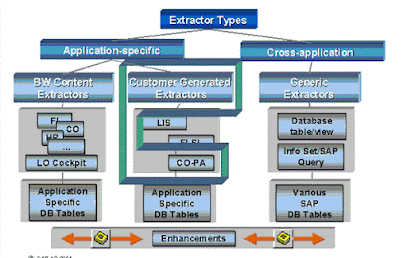Features of the SAP ETL Tool
ETL is an acronym for Extract, Transform, Load and is an optimized tool to extract data from a source database, transform it to the data structure that is supported by the intended database, and finally load the processed data into the target database. The SAP ETL tool moves data between various SAP ecosystems and integrates different data formats into each other. An important feature of SAP ETL is that it can even extract data that is not present within an application.
There are several cutting-edge features of the SAP ETL tool.
·
It can
automatically extract data from the OData services when linked to the CDS views
or Data Extractors, both for the first run and incremental data or deltas.
·
Where
permission is granted to access the primary database, SAP ETL carries
out log-based Change Data Capture activity through transaction logs.
·
SAP
ETL automatically merges deltas with the base data
and this leads to the tool is continually updated in real-time on the SAP
data lake operating on Snowflake, Redshift, Amazon S3, and Azure Synapse.
·
Coding is
not required for specific SAP ETL tasks like extraction, merging,
masking, type 2 history, or for external integration with third-party tools
like Apache Hudi.
·
The
history of all transactions is ensured on the SAP data lake or data warehouse
through automated SCD Type 2 history of the data.
·
SAP
ETL assures automatic integration of an SAP Data
Lake on AWS at the API level with Amazon Athena and Glue Data Catalog.
·
SAP
ETL ensures high integration performance into Snowflake,
Redshift, S3, Azure Synapse, Azure SQL DB, and SQL Server.
These are some of the cutting-edge features of the SAP ETL
tool.




Comments
Post a Comment